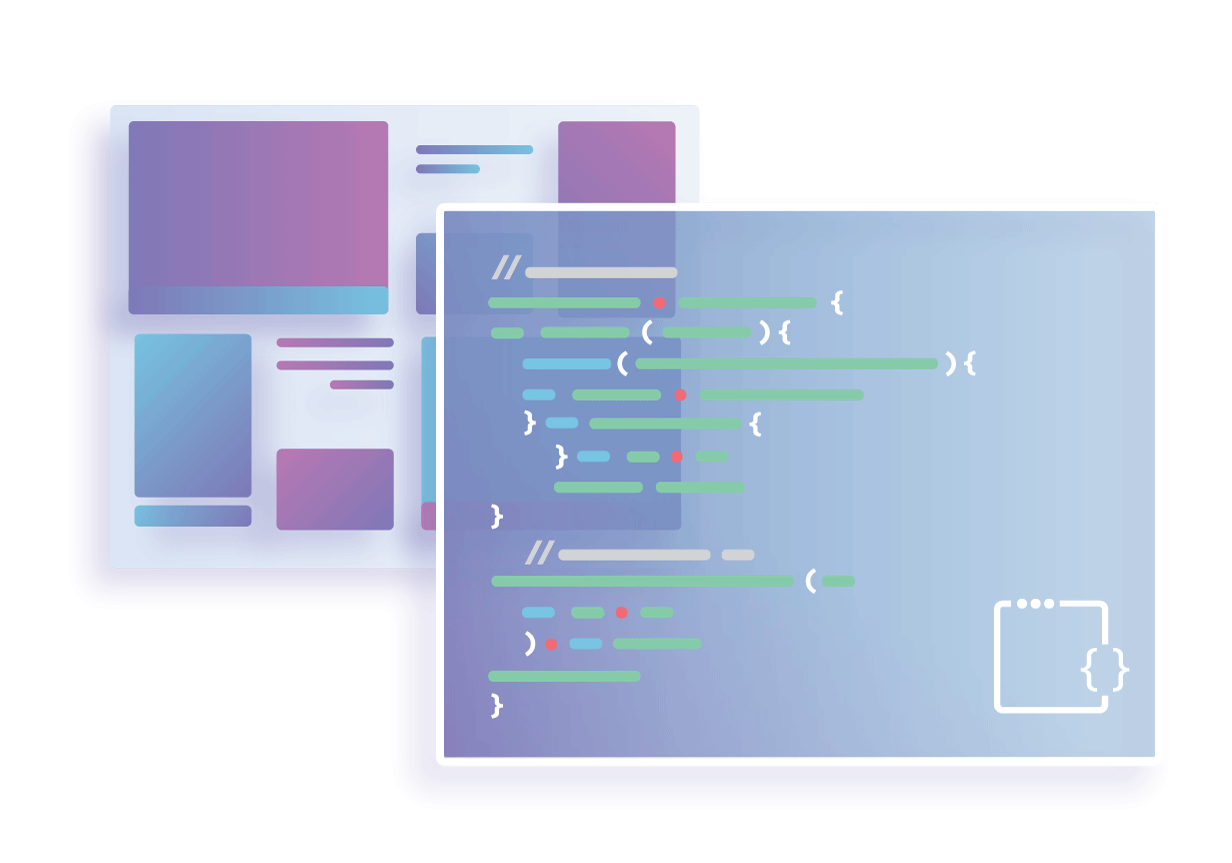IPv6 in Enterprise , Should we still talk about it?
5 years ago Jeff Doyle and I recorded a podcast on IPv6 in Enterprise. We talked about IPv6 addressing plan , adaption and growth rate of IPv6 in Enterprise. In this post I would like to talk about IPv6 deployment status, challenges and the possible business drivers in IPv6 and I will share my thoughts on …
Continue reading "IPv6 in Enterprise , Should we still talk about it?"
The post IPv6 in Enterprise , Should we still talk about it? appeared first on Cisco Network Design and Architecture | CCDE Bootcamp | orhanergun.net.
MWC Barcelona: 5G, Software, and Security With 100,000 Friends
 We here at SDxCentral are also interested in hearing more about the importance of software, network...
We here at SDxCentral are also interested in hearing more about the importance of software, network...
Private VLANs with VXLAN
Got this remark from a reader after he read the VXLAN and Q-in-Q blog post:
Another area where there is a feature gap with EVPN VXLAN is Private VLANs with VXLAN. They’re not supported on either Nexus or Juniper switches.
I have one word on using private VLANs in 2019: Don’t. They are messy and hard to maintain (not to mention it gets really interesting when you’re combining virtual and physical switches).
Read more ...Automation: Tools vs Languages
When it comes to expressing intent in automation workflows, there is validation in both using a task or workflow engine and also knocking it together using scripting in some language. I try not to get involved in tool or language wars, but quite honestly sometimes can’t help myself. I’ve even been known to throw fire on the fuel and get the marshmallows out.
Task & Workflow Engines
Sometimes a framework or tool can feel constrained and by design can force you to work in a way that is computable. Let’s take what Ansible or Mistral does. It has a set of ordered tasks, an entry point, some input variables that "flow" through the lists of tasks and some calls to some modules that deal with outputs. I can understand how network engineers don’t like some of these approaches because it feels like dynamic feedback is missing from the engineering. Testing through both verification and validation phases is supposed to replace that immediate dynamic feedback and it can take some time to get used to.
These kinds of automation tools require installation and also the correct modules for integration against the networking components. The tool build can also be automated and Continue reading
Pulse Secure Adds Software-Defined Perimeter, Protects Hybrid IT
 Pulse Secure added software-defined perimeter technology to its portfolio, which puts zero-trust...
Pulse Secure added software-defined perimeter technology to its portfolio, which puts zero-trust...
Ericsson and Juniper 5G Transport, Security Tie-Up Touts Progress
 The duo claims 20 contract wins since the partnership was announced last September. This includes a...
The duo claims 20 contract wins since the partnership was announced last September. This includes a...
Arm Takes On Intel With Neoverse Cloud-to-Edge Chip Designs
 “This N1 platform is really about the core compute you need in the hyperscale data center, at the...
“This N1 platform is really about the core compute you need in the hyperscale data center, at the...
Google CSP Beta Bolsters On-Prem Fight Against Microsoft, AWS
 The CSP platform relies on Google's Kubernetes-based GKE On-Prem and Istio to support management...
The CSP platform relies on Google's Kubernetes-based GKE On-Prem and Istio to support management...
Day Two Cloud 003: Building And Automating A Private Cloud Underlay
On today's Day Two Cloud podcast, we discuss how to build a robust infrastructure to support your private cloud, and how to add a layer of automation to the underlay with Digital Rebar, an open-source project. My guest is Rob Hirschfeld.Day Two Cloud 003: Building And Automating A Private Cloud Underlay
On today's Day Two Cloud podcast, we discuss how to build a robust infrastructure to support your private cloud, and how to add a layer of automation to the underlay with Digital Rebar, an open-source project. My guest is Rob Hirschfeld.
The post Day Two Cloud 003: Building And Automating A Private Cloud Underlay appeared first on Packet Pushers.
Kemp Takes On F5 Networks With Updates to ADC Software
 The company’s CEO says that it provides performance, features, and price that “F5 simply cannot...
The company’s CEO says that it provides performance, features, and price that “F5 simply cannot...
Join us for 5 serverless events in SF Bay Area this week

Developer Week Bay Area is happening this week and Cloudflare engineers and developer relations team members are delivering several talks around the Bay. Join us in San Francisco and Oakland for the following talks. We’ll hope to see you soon.

WebAssembly on the Server, npm & genomics tools @ Cloudflare
We've partnered with the WebAssembly SF meetup group to curate three talks from Zack Bloom of Cloudflare, Laurie Voss of npm, and Robert Aboukhalil of Invitae.
Event Type: Meetup
Location: Cloudflare HQ, San Francisco, CA
Date: February 20, 2019
View Event Details & Register Here »

Serverless: An Inside Look
Cloudflare engineers are delivering three serverless talks in downtown Oakland: How Workers Work, Security: the Serverless Future, and Building a Serverless World (Map) with IoT and Workers.
Event Type: Meetup
Location: At My Sphere, Oakland, CA
Date: February 21, 2019
View Event Details & Register Here »

Developer Week Bay Area
Cloudflare will be at Developer Week Bay Area. Be sure to check out Single-Process Serverless, Building an Iot World (Map) with Serverless, and Make Your Existing Application Serverless talks.
Event Type: Conference
Location: Oakland Convention Center, Oakland, CA
Date: February 20-24, 2019
Episode 45 – Understanding The Implications Of 5g
After years of lofty promises concerning the next generation of cellular technology, Network Collective sits down with Hayim Porat and Andreas Hegers from ECI to break down the hype and understand the true implications of 5g networks.
 We would like to thank VIAVI Solutions for sponsoring this episode of Network Collective. VIAVI Solutions is an application and network management industry leader focusing on end-user experience by providing products that optimize performance and speed problem resolution. Helping to ensure delivery of critical applications for businesses worldwide, Viavi offers an integrated line of precision-engineered software and hardware systems for effective network monitoring and analysis. Learn more at www.viavisolutions.com/networkcollective.
We would like to thank VIAVI Solutions for sponsoring this episode of Network Collective. VIAVI Solutions is an application and network management industry leader focusing on end-user experience by providing products that optimize performance and speed problem resolution. Helping to ensure delivery of critical applications for businesses worldwide, Viavi offers an integrated line of precision-engineered software and hardware systems for effective network monitoring and analysis. Learn more at www.viavisolutions.com/networkcollective.
 We would also like to think PathSolutions for sponsoring this episode of Network Collective. PathSolutions TotalView is designed to automatically dig deep into network devices to learn what they know about your network’s performance. This means your network is no longer full of mysteries because you know everything your network knows. Try TotalView on your network, and it will show you 5 things about your network that you didn’t previously know. You can find out more about PathSolutions at https://www.pathsolutions.com/
We would also like to think PathSolutions for sponsoring this episode of Network Collective. PathSolutions TotalView is designed to automatically dig deep into network devices to learn what they know about your network’s performance. This means your network is no longer full of mysteries because you know everything your network knows. Try TotalView on your network, and it will show you 5 things about your network that you didn’t previously know. You can find out more about PathSolutions at https://www.pathsolutions.com/
Outro Music:
Danger Storm Kevin MacLeod (incompetech. Continue reading
Stop the Bots: Practical Lessons in Machine Learning

Bot-powered credential stuffing is a scourge on the modern Internet. These attacks attempt to log into and take over a user’s account by assaulting password forms with a barrage of dictionary words and previously stolen account credentials, with the aim of performing fraudulent transactions, stealing sensitive data, and compromising personal information.
At Cloudflare we’ve built a suite of technologies to combat bots, many of them grounded in Machine Learning. ML is a hot topic these days, but the literature tends to focus on improving the core technology — and not how these learning machines are incorporated into real-world organizations.
Given how much experience we have with ML (which we employ for many security and performance products, in addition to bot management), we wanted to share some lessons learned with regard to how this technology manifests in actual products.

There tend to be three stages every company goes through in the life cycle of infusing machine learning into their DNA. They are:
- Business Intelligence
- Standalone Machine Learning
- Machine Learning Productization
These concepts are a little abstract — so let’s walk through how they might apply to a tangible field we all know and love: dental insurance.
Business Intelligence
Many companies already Continue reading



